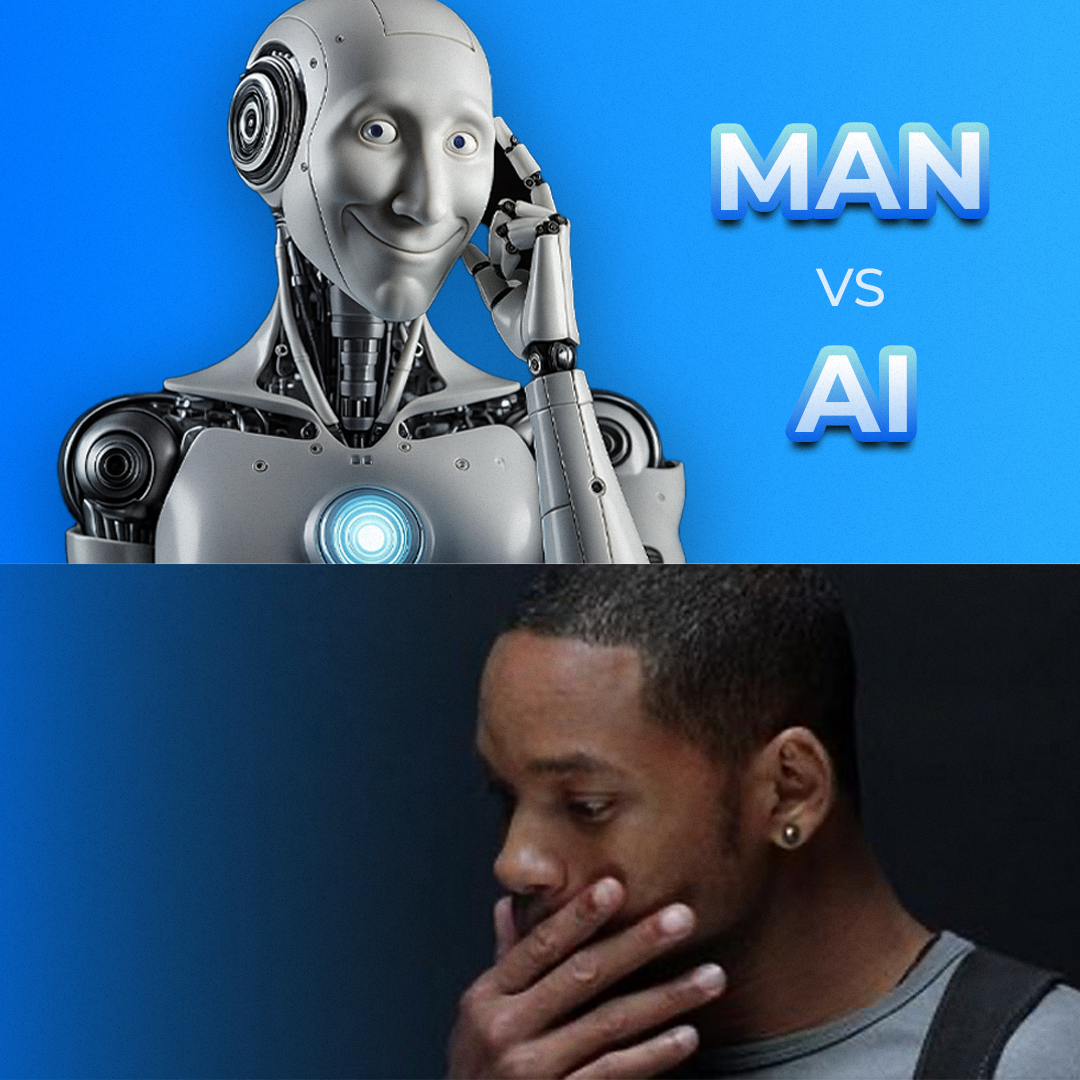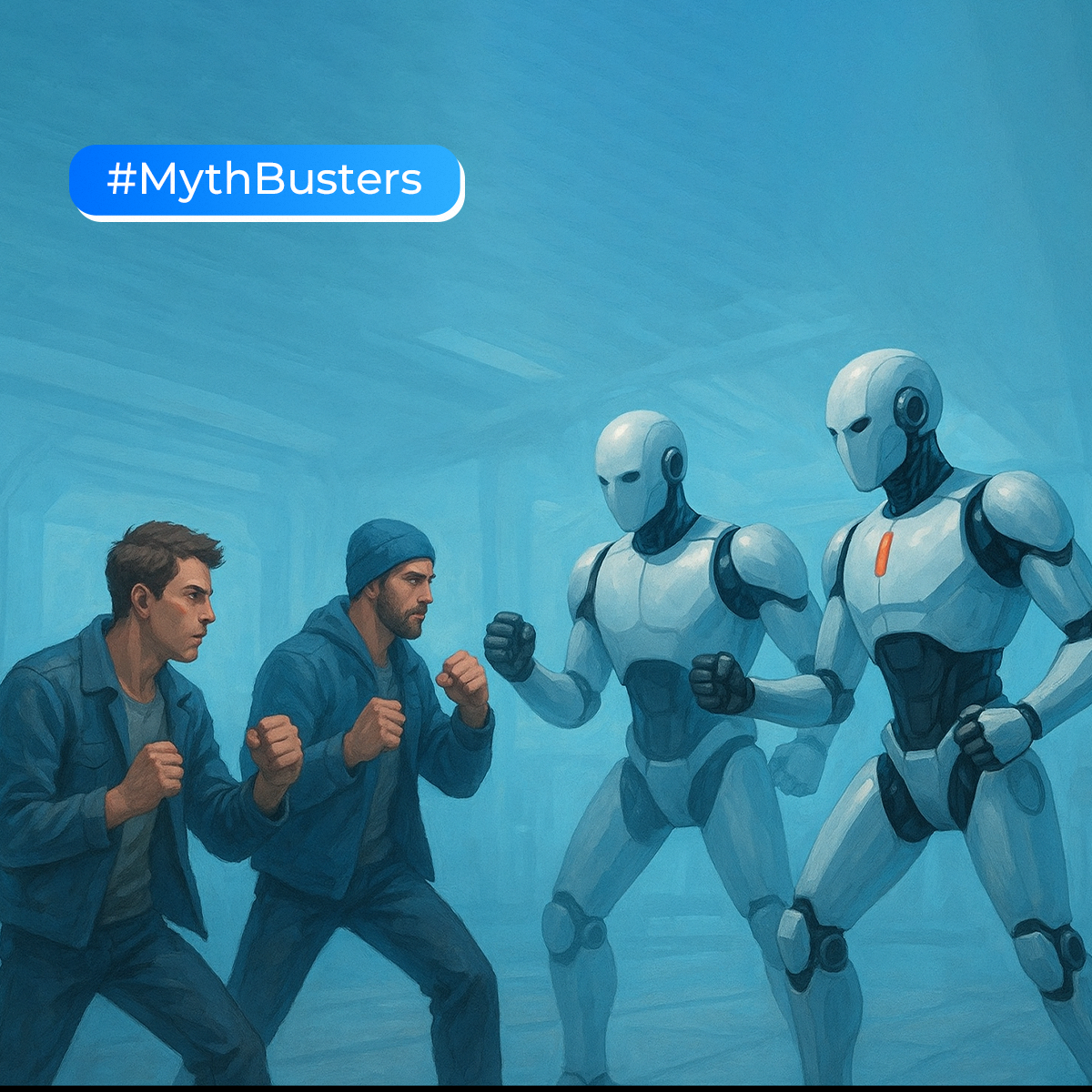From confusion to construction
Everyone talks about blockchain like it’s a rocket science, full of words like decentralization, cryptography, and nodes. It can sound like a secret code only developers could understand. It’s as if you need a PhD just to join a conversation. But what if we told you it’s more like your favorite childhood toy? Remember LEGO? Yes, those colorful bricks you stacked to build castles, cars, and towers. Well, blockchain works a lot like that.
Picture an endless box of LEGO bricks spread out across the globe. Every brick represents a bit of data, and once you click it into place, it locks onto the brick below it forever. Rather than keeping the finished tower in one room, exact replicas live on countless computers, called nodes. Thus, everyone sees and guards the same structure. If someone tries to pry a single brick loose, the other copies expose the trick instantly, and the tower’s design stays honest and intact. So, everyone playing with you can see every block that’s ever been added. That’s how blockchain works.
In simple terms, blockchain is both a method of distributed data storage and a technology for securely transferring that data.
Block = One Brick
Every LEGO brick is a record of one or more transactions. For example, someone sends money, signs a digital contract, or changes data. That brick holds the information safely. It shows who transferred what amount of assets to whom and when locking it in like a sealed container. Once the brick is placed, it’s closed forever. No one can go back and swap its contents without damaging the whole structure. That’s how blockchain ensures data can’t be secretly altered.
Chain = Bricks Clicked Together
What happens when you stack your LEGO bricks in line? You get a chain, where each new brick depends on the one before it. In blockchain, each block connects to the previous one by storing a tiny fingerprint, called hash, of that last block. This connection makes the chain unbreakable which leaves only one option for blocks: add. Changing and deleting them is impossible. Thus, it is always possible to retrieve the hand-to-hand history of a particular asset and recognize its current owner.
Decentralization = Everyone Can Build
Blockchain works as a LEGO party where everyone at the table has their own identical tower. Every builder has a full copy, and before adding a new brick, they all vote to make sure it’s a fair move. If most builders agree, the block gets added to everyone’s tower. No single person can cheat or sneak in bad pieces. It’s a team effort.
Security = Special Connectors
There is no way to force LEGO bricks that don’t match as it doesn’t work. Blockchain uses cryptographic locks, which are complex digital math puzzles, to seal every block. Each brick has its own unique lock, and only the correct “key” will let it snap perfectly into place. Fake bricks or mismatches just don’t fit. It helps to keep everything protected from tampering and fraud.
Transparency = Everyone Sees the Tower
Imagine a LEGO tower is on display in the center of the room. Everyone sees it. No one can remove or hide a brick without others noticing. That’s how blockchain works. The chain of blocks is shared across thousands of computers worldwide. Everyone sees the same version of the tower. But what if someone tries to cheat by replacing a LEGO brick? In blockchain, that’s nearly impossible. Before a new brick is added, all the builders (nodes) compare their towers. If one version doesn’t match the majority, it is rejected. This process of called consensus, a system, that keeps everyone’s records accurate. Now picture it like this: the tower follows a sequence of yellow-blue-green-red-green. If someone tries to change the third brick, the rest of the pattern shifts to yellow-pink-green-brown-orange. Right away, it becomes clear that something’s off. And just like that, the network flags and blocks the tampering. That’s how blockchain remains secure, transparent, and tamper-proof.
A Tower of Trust in Every Industry
Blockchain is like a LEGO tower made of truth. Everyone sees it, but no one can swap pieces without being caught. It’s a powerful tool that nowadays is practically applied everywhere. It tracks digital money like Bitcoin without needing a bank. Banks, on the other hand, use it to send funds quickly and securely. Governments also use it but for the purpose of protecting IDs and preventing fraud. Even your favorite store like Walmart implements it to trace products from farm to shelf. Thus, whether it’s finance, cybersecurity, or logistics, blockchain keeps every brick in place, building trust, transparency, and security block by block.




